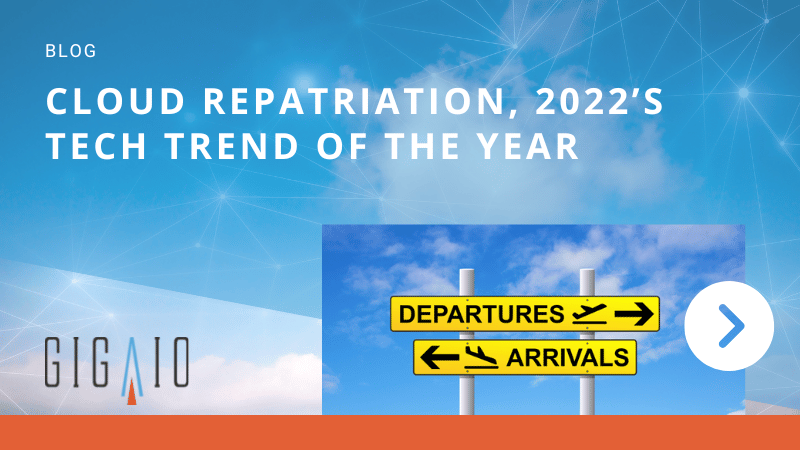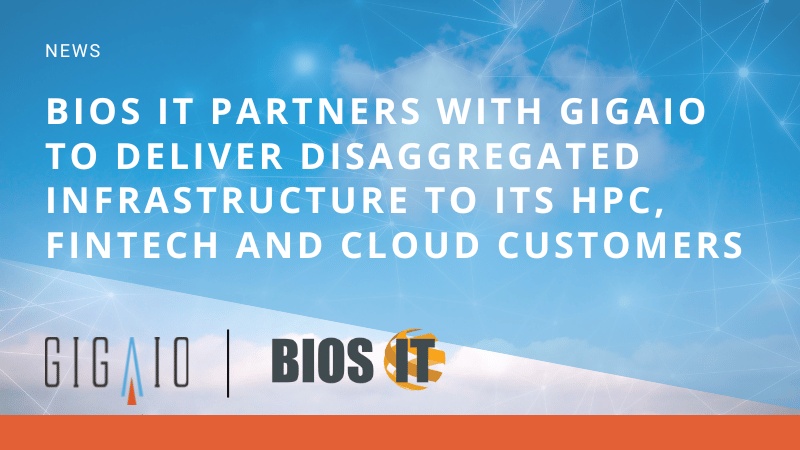On-Prem Computing vs Cloud Computing
Let’s talk on-prem computing vs. cloud computing. Which solution best fits your business needs?
A question that’s very often met with an answer of “it depends”. Companies today are continuously evaluating the pros and cons of an on-prem computing vs. cloud computing environment. But what’s the difference? On-premises IT infrastructure refers to a company’s own physical servers, storage, and networking equipment, which are housed in their own data centers or server rooms. Public cloud computing, on the other hand, involves renting computing resources and services from third-party providers, who host them in their own data centers and make them available over the internet as a paid service.
Different workloads require different resources and configurations, one size does not fit all. While cloud computing boasts flexibility and agility, that often comes at a cost. There’s a physical cost, but also a performance cost to consider. And while traditional on-premises computing is typically optimized for performance, a lot of users feel stuck in a scenario where their physical computing environment doesn’t match their needs. They often feel the need to buy a whole other system to run specific jobs, and that they’re confined to their existing physical infrastructure.
Enter GigaIO’s FabreX™ Software: A fundemental building block of composable computing.
Using native PCIe, FabreX is essentially a switching platform which enables dynamically configured software-defined server hardware to deliver the right amount of resources to run even the most complex jobs.

